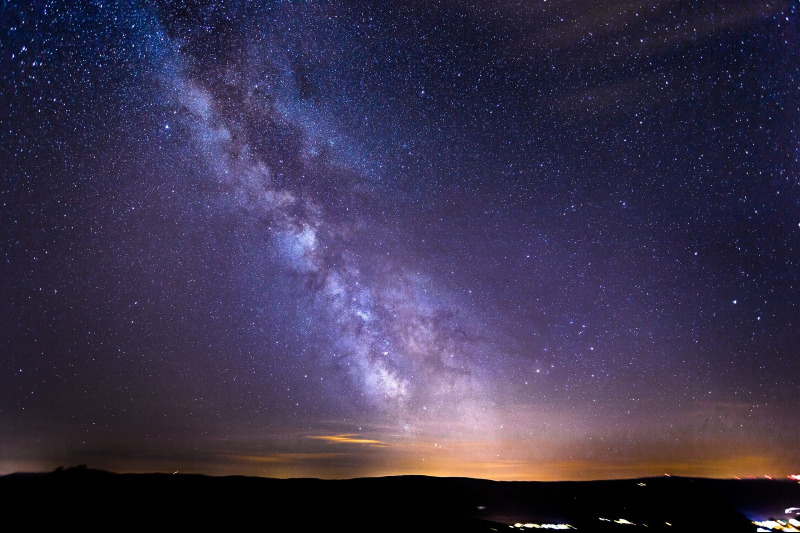
How Ancient People Saw our Solar System
by Santiago Rosero Perea, age 11
For thousands of years observers have looked up at a sky full of galaxies and stars. Ancient people saw bright dots in the night sky and began to give them names.
In modern times we call these dots in space ”planets” and their names come from the Roman gods. Jupiter, the king of the gods, and Venus, the goddess of love and beauty. Saturn is the father of Jupiter and the god of agriculture.
Ancient observers also saw comets with sparkling tails, and meteors that seemed to fall from the sky. It’s easy to see why these first astronomers thought the gods were very powerful.
Since the invention of telescopes, more planets have been discovered. These newly discovered planets were also named after Roman gods. Scientists found Uranus in 1781 and Neptune in 1846. Pluto, now considered a dwarf planet, was discovered in 1930. There are thousands of other solar bodies in or near our solar system and asteroids and comets are fairly common.
The four planets closest to the sun, Mercury, Venus, Earth, and Mars are called the terrestrial planets, because they have rocky and solid surfaces. The four planets furthest away from the Sun and past Mars; Júpiter, Saturn, Uranus and Neptune, are called the gas giants.
Our solar system is much bigger than ancient observers could imagine. Each day, humans are learning more about the planets that make up our solar system. By exploring the planets in our solar system, scientists will continue to discover more facts about space and the Universe we live in.
[Sources:
National Geographic España
;
Space.com; NASA
]

